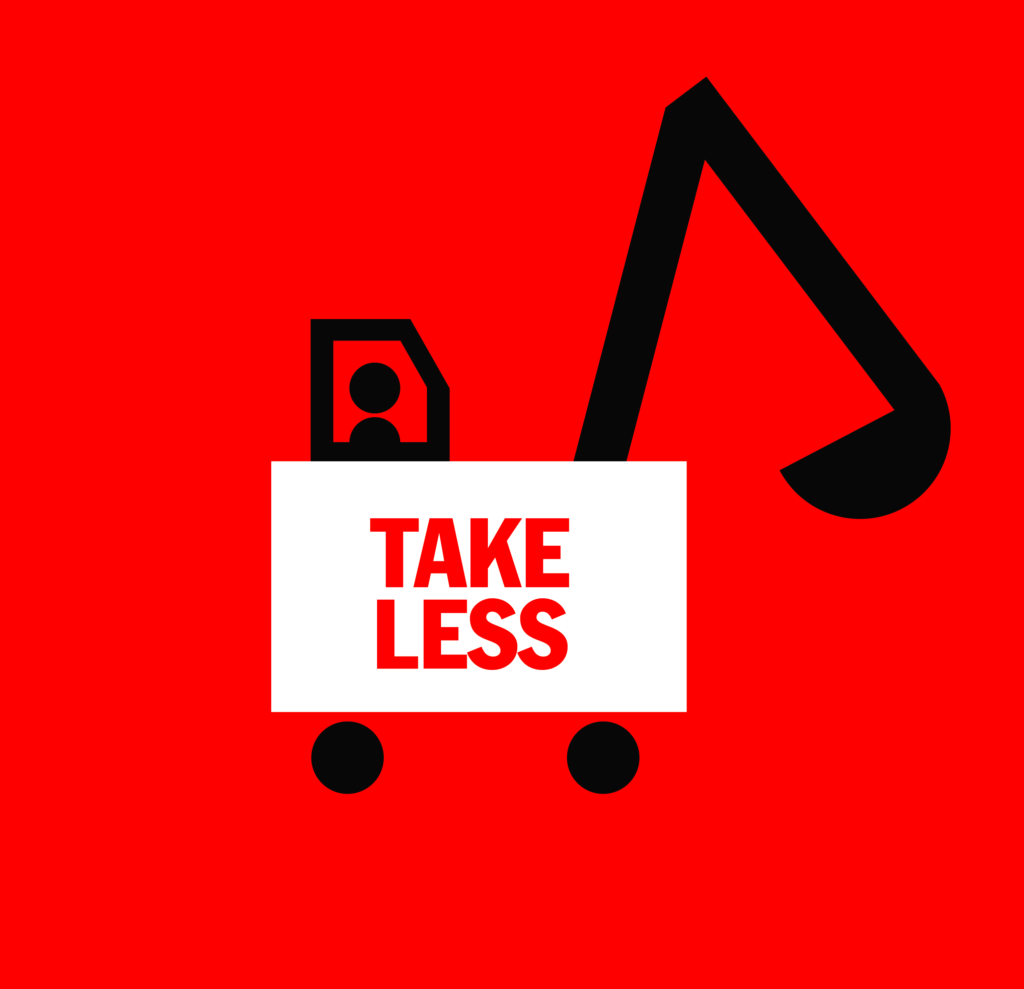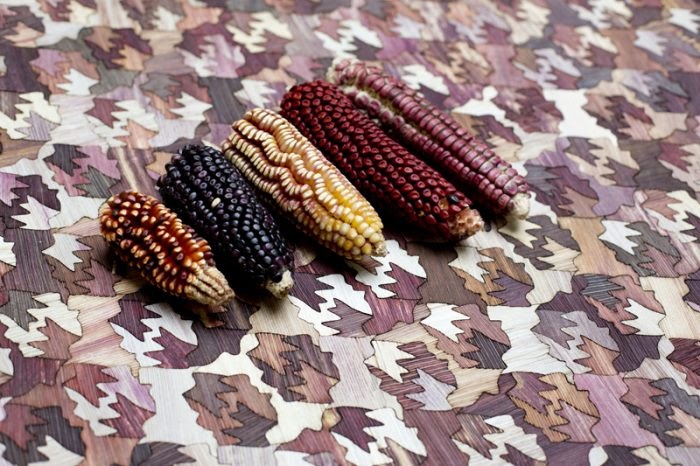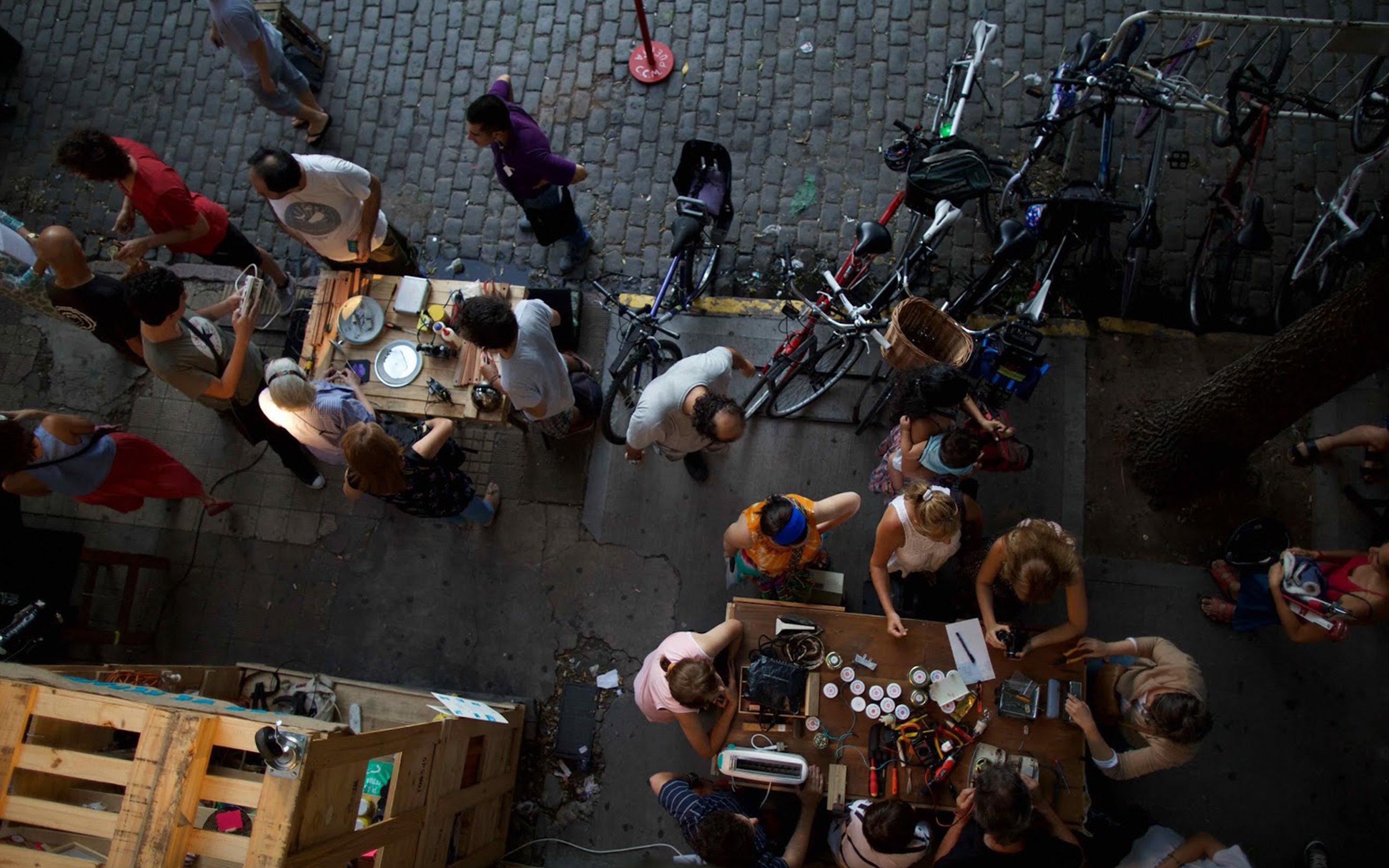
PROBLEM: OUR CURRENT VALUE SYSTEMS ARE DRIVING OVERCONSUMPTION AND LEADING US TO A DETACHED RELATIONSHIP WITH NATURE.
QUESTION: HOW CAN WE INSPIRE THE USE OF FEWER NATURAL RESOURCES AND CONSUME MORE MINDFULLY?
TAKE LESS
In this brief, we are asking participants to tackle the root cause of waste: Our addiction to consumption. Here are some of the key issues we need to address URGENTLY:
We have become used to the idea of ‘more’ being ‘better’
In many parts of the world, convenience, price, perfection and hygiene largely influence consumption patterns. Buying more, and thereby producing more, promotes the exploitation of natural resources and increases the amount of waste in the world. Our planet would benefit from a return to the values of ‘sufficiency’ and ‘frugality’.
We have lost many traditional practices, perspectives and values that inherently promote sustainable ways of living
Simple actions that used to be part of our household routines have slowly disappeared. Today, skills and habits around reusing and repairing objects are vanishing. Extra food is scrapped rather than redistributed or preserved. In many cases, the difficulty is to inspire people to choose what’s sustainable instead of what’s convenient.
Sustainability is often framed in a way that is western-centric, exclusive and difficult for many to achieve
The discourse around sustainability and waste tends to be dominated by western perspectives. We must seek out other viable visions and perspectives that illustrate how waste-free lifestyles can be more accessible, achievable and equitable for all.
GET INSPIRED
TOTOMOXTLE
PRODUCT DESIGN | MÉXICO
Totomoxtle is a new veneer material made with husks of heirloom Mexican corn. Ranging from deep purples, to soft creams, Totomoxtle showcasesthe wealth of diversity of the native corns of Mexico which are naturally colourful and are essential for the rich gastronomy of the country.
But this project goes far beyond simply aesthetics. Totomoxtle focuses on regenerating traditional agricultural practices in Mexico, and creating anew craft that generates income for impoverished farmers and promotes the preservation of biodiversity for future food security.
CLUB DE REPARADORES
SERVICE DESIGN | ARGENTINA
Club de Reparadores is a movement in Buenos Aires, Argentina that promotes repair as a strategy for responsible consumption and sustainability. The club organizes voluntary and collaborative repairing meetings where people of all ages and occupations exchange knowledge and tools in order to extend the useful life of objects. The initiative was inspired by the concept of a Repair Cafe that first started in Amsterdam back in 2007 and is now found all over the world.
MYMIZU
PRODUCT DESIGN | JAPAN
Japan’s first water refill app mymizu is a phone app that locates water fountains in the city so that people could refill their own bottles instead of buying water in plastic bottles. Data of the water fountain is provided through crowdsourcing. In addition, it also visualizes the contribution of the user in terms of bottles saved and CO2 reduced, increasing user motivation for alternative consumption methods.
More briefs and info
How can we make products and materials that are kept in use and/or regenerate natural systems?
How can we use waste as a resource or dispose more responsibly?




